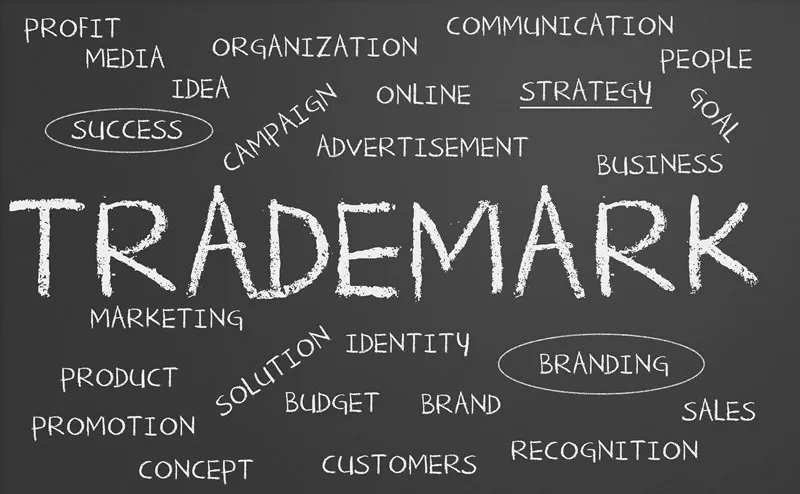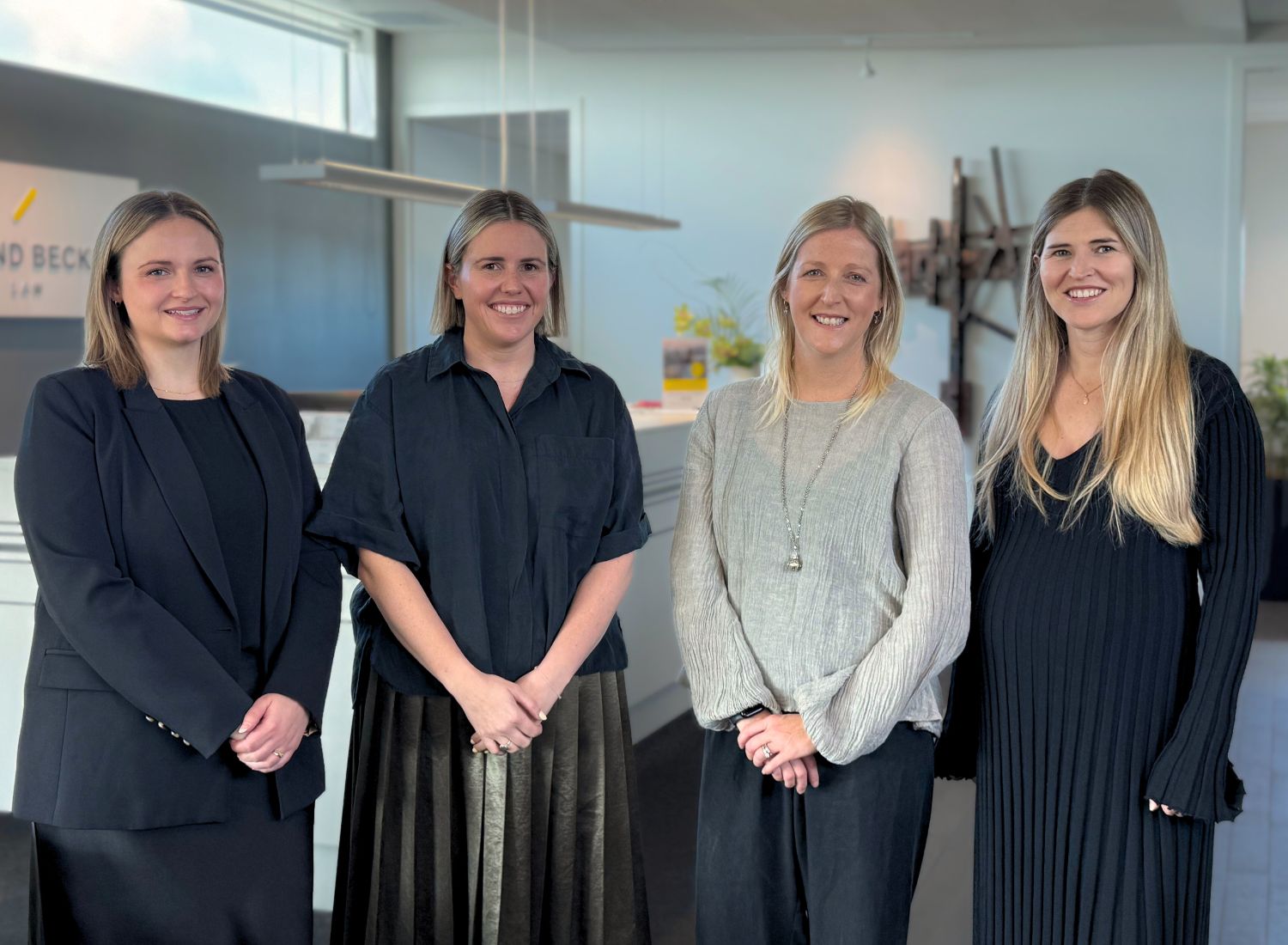What is a trade mark?
A trade mark is a badge of origin, it allows customers to distinguish the goods and/or services of one trader from those of another. The most commonly registered trade marks in New Zealand consist of words, slogans, or logos but registrations can also extend to other types of trade marks including sounds, colours or shapes (think of the good old ANZAC red poppy, that shape is a registered trade mark).
To be registered, a trade mark needs to be distinctive (an invented word is always a great trade mark), cannot be descriptive and must not be identical or confusingly similar to a trade mark that is already registered in New Zealand, in respect of the same or similar goods.
A registration only extends to the territory in which it is registered (so a New Zealand trade mark registration only covers New Zealand, although there is an option of filing simultaneously in a number of countries to get broader territory protection) and only provides rights in respect of the same or similar goods and/or services as those specified in the registration. That means a registration for ZESPRI in New Zealand in relation to kiwifruit would not provide the right to prevent a trader in France from using or registering the word ZESPRI in respect of tennis rackets.
A registered trade mark will often be accompanied by the ® symbol. A trade mark that is not registered but which the trader is claiming to be a trade mark (maybe because it is not yet registered) sometimes appears with a ™ symbol. A registration will last for 10 years from the date it was first filed, but can be renewed for as long as it remains in use.
What is the benefit of having a registered trade mark?
A registered trade mark gives a trader the legally enforceable right to prevent another trader using an identical or confusingly similar trade mark in respect of the same or similar goods to those covered by the registration. A registration becomes a publicly available record which can therefore have the effect of deterring others from using an identical or similar trade mark.
If you don’t obtain a registration, there is a chance that you would not be able to prevent another trader from using a similar trade mark, or (even worse) that you would be forced to stop using the trade mark you had your heart set on and just paid a graphic designer a substantial amount of money to create a logo for.
Another important reason is that a trade mark can be placed on your books as an asset of the business. It can have a value attached to it, meaning that if you ever decide to sell the business it can be taken into account.
And don’t fall into the trap of thinking that because you have registered a company name or a domain that incorporates your trade mark that you have a useful intellectual property right, neither a company name or domain will give you any specific rights to exclusive use.
How do we go about getting a registration?
Ideally, before you take any other step on your branding journey you would first obtain a trade mark registration or at least undertake a clearance search to ensure that no other trader has already claimed the right to it. It is less than ideal to put time, energy and money into a branding strategy that then has to be changed at the last minute because you find out there is a dormant registration owned by a global company who will not think twice about sending a “cease and desist” letter demanding you to stop all use (and destroy all packaging/signage/advertising).
However, we would still advise filing an application to register your trade mark at any stage (whether before or after first use). The more well-known your brand/idea/product/service becomes, the more valuable it also becomes.
We can help by providing advice as to whether your trade mark is likely to be accepted, whether there are any existing registrations that may pose a problem for you and by making sure that you are applying for the right aspects of your branding and correct specifications of goods and services to give you the best trade mark registration possible.



